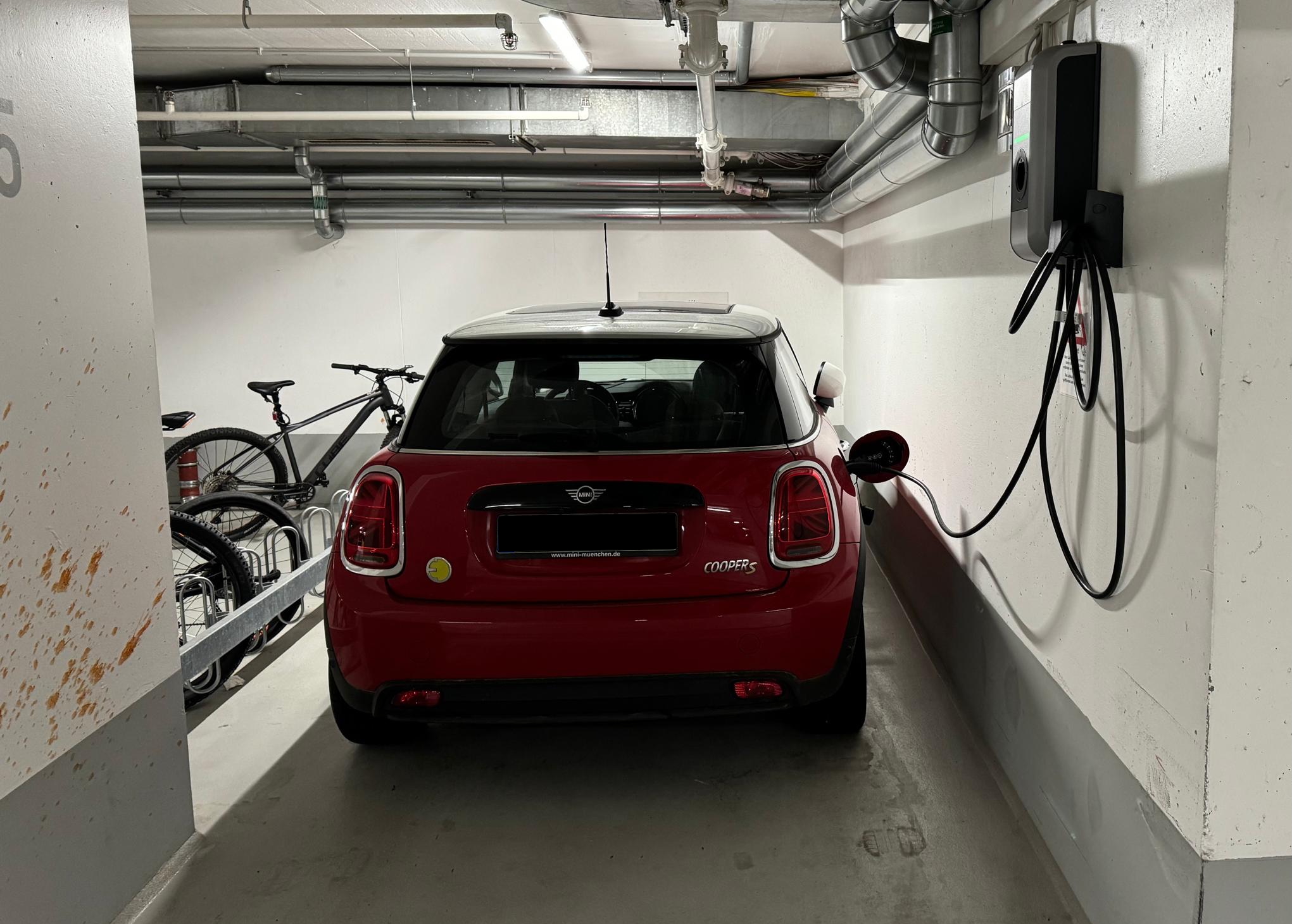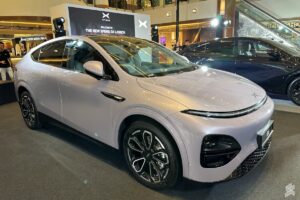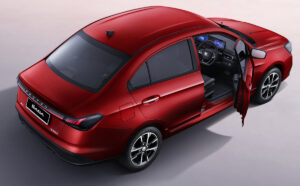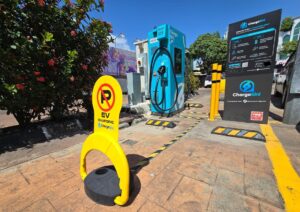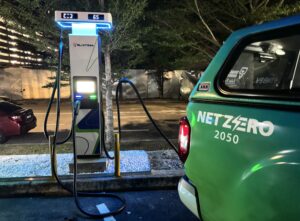Installing an EV charger at home sounds simple, until you live in a condo or apartment. Shared infrastructure, limited power capacity, and management approvals can make the process feel like an uphill climb.
That is why SoyaCincau hosted a live Q&A session to address one of the most common questions among Malaysian EV owners: “Can I install a charger in my high-rise building?”
The two-hour session featured SoyaCincau Co-Founders Amin Ashaari with Alex Wong, and Hannah, a project manager overseeing hundreds of AC and DC charger installations across Malaysia. Together, they broke down myths, clarified regulations, and explained practical solutions that both residents and management committees (JMB/MC) can act on.
Private vs Public: What Approvals Do You Actually Need?
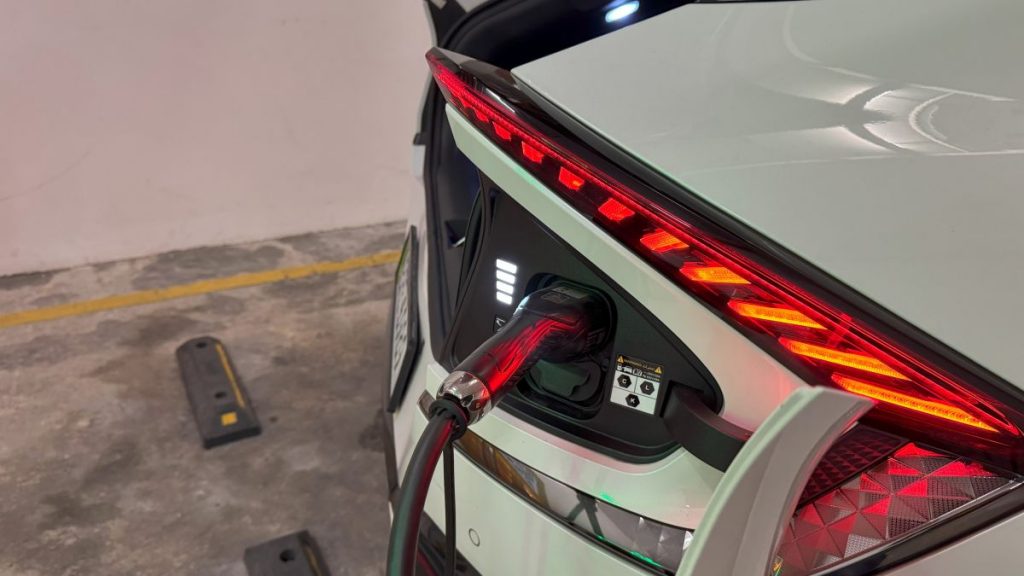
The biggest confusion starts here. According to Hannah, approvals are only required when a charger is for public or communal use, which means shared by multiple residents or open to the public. These installations must be submitted to:
- ST (Suruhanjaya Tenaga / Energy Commission)
- Bomba (Fire and Rescue Department of Malaysia)
- Majlis Perbandaran (Local Council)
But if you’re installing a charger for your own use at your own parking bay, it’s considered private. That means no Bomba or Majlis approval is required, just your management’s consent and proper wiring done by a qualified installer.
AC vs DC: Why Faster Is Not Always Better

Every EV owner wants “fast charging,” but for high-rises, AC chargers make far more sense. Why?
- AC (slow): Lower power draw, lower fire risk, cheaper to install, ideal for overnight charging.
- DC (fast): Higher cost (4–5× more), stricter safety requirements, and more difficult to get approvals.
Hannah noted that DC chargers make sense for high-turnover public spaces like malls or R&R stops but not in condos, where cars are typically parked for hours overnight. In her words: “If your car is going to sit there all night, why pay five times more for something that charges in 30 minutes?”
The Fire Risk Myth
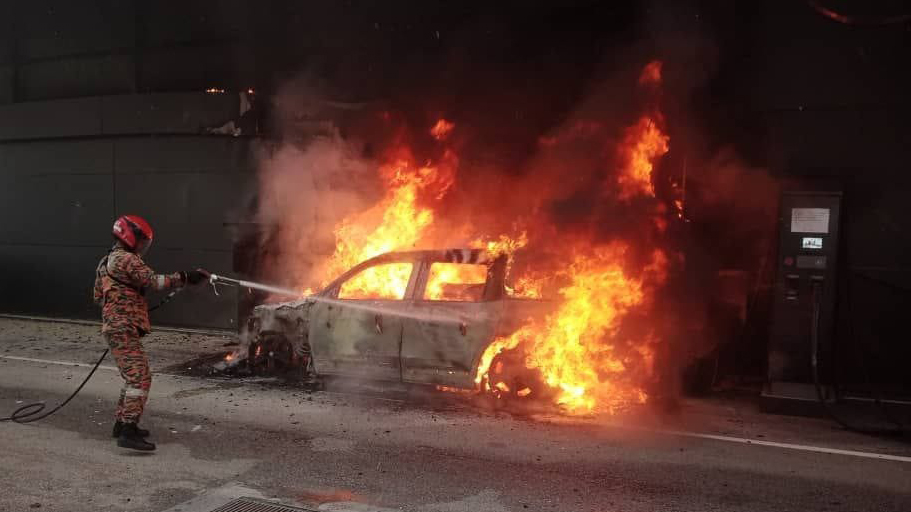
One of the top reasons JMBs reject chargers is “fire risk.” But as Amin pointed out, data from Jabatan Bomba dan Penyelamat Malaysia shows EVs are actually safer:
- 1 in 100,000 EVs catch fire
- 3 in 100,000 hybrids catch fire
- 15 in 100,000 petrol cars catch fire
There is also no such thing as “EV fire insurance.” Standard building and vehicle insurance already cover fires regardless of cause, electric or petrol.
In short, a fire is a fire.
The real safety risk, Hannah added, comes from improper installation and not the charger or the car itself. “We’ve seen burnt sockets because of cheap cables or people tapping power directly from the TNB meter. That’s what’s dangerous.”
Why Certified Installers Matter
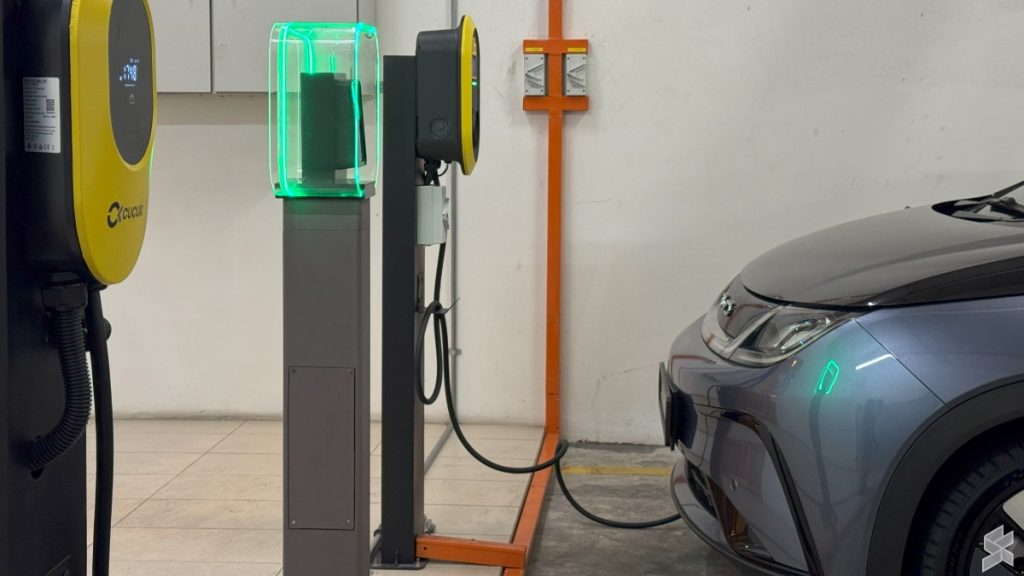
TNB recently issued an advisory reminding EV owners to use certified installers after several reported power trips were traced back to improper charger installations at home. The reminder emphasised that every household’s electrical load needs to be assessed before installing a wallbox or high-capacity charger.
That’s exactly why SoyaCincau’s Cucuk EV team performs a site check before any installation to ensure it’s compliant, safe, and future-proof.
The 3.3kW Solution for Older Buildings
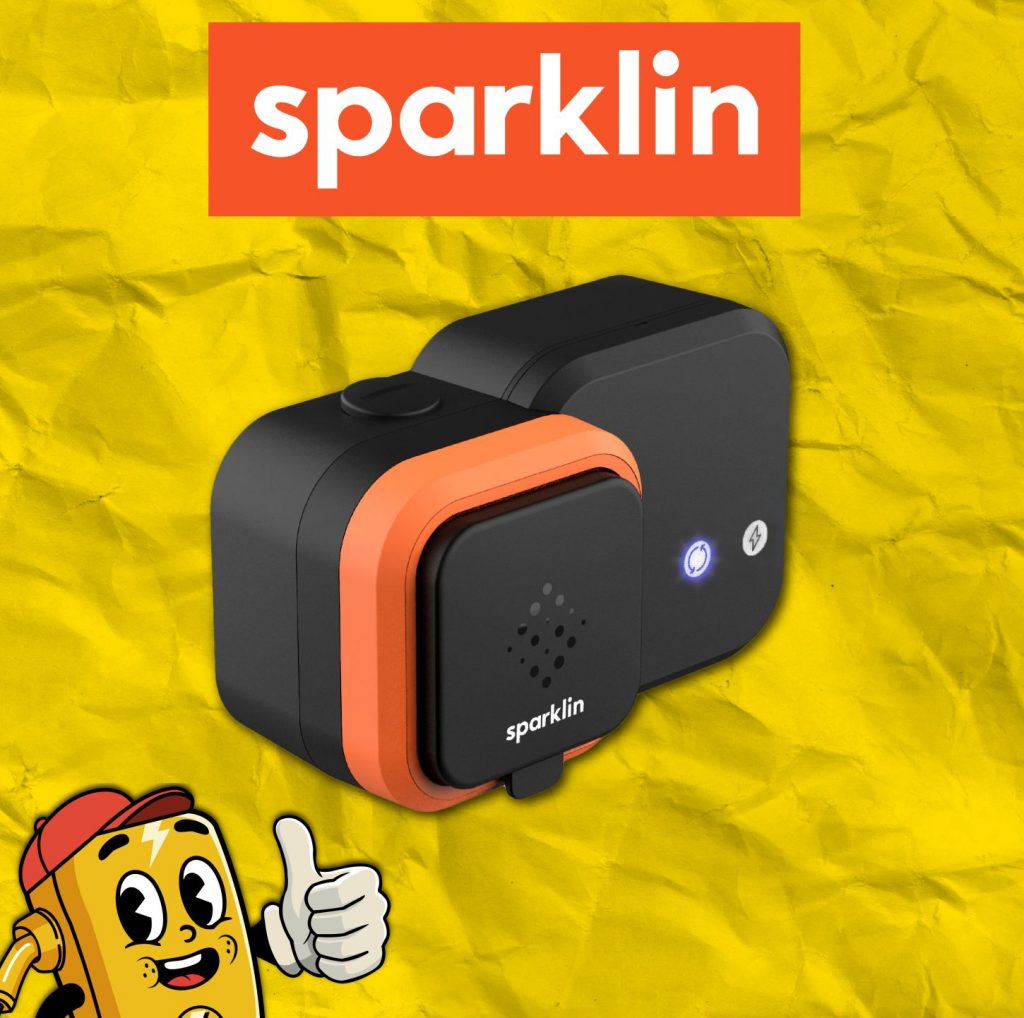
For condos with limited power supply, Cucuk Charge recommends the 3.3kW Sparklin Charger, which is a low-power smart socket designed specifically for high-rises and older buildings. Unlike typical “granny chargers,” it’s:
- Smart (controlled via app, usage tracking, anti-theft)
- Safer (waterproof, trips automatically to prevent overload)
- Affordable (about one-third the cost of a standard AC wallbox)
As Amin explained, “If you can’t get your management to approve a full wallbox, this gives you a safe and legal way to still charge overnight at your own bay.”
Managing Charging Etiquette: The Hogging Problem
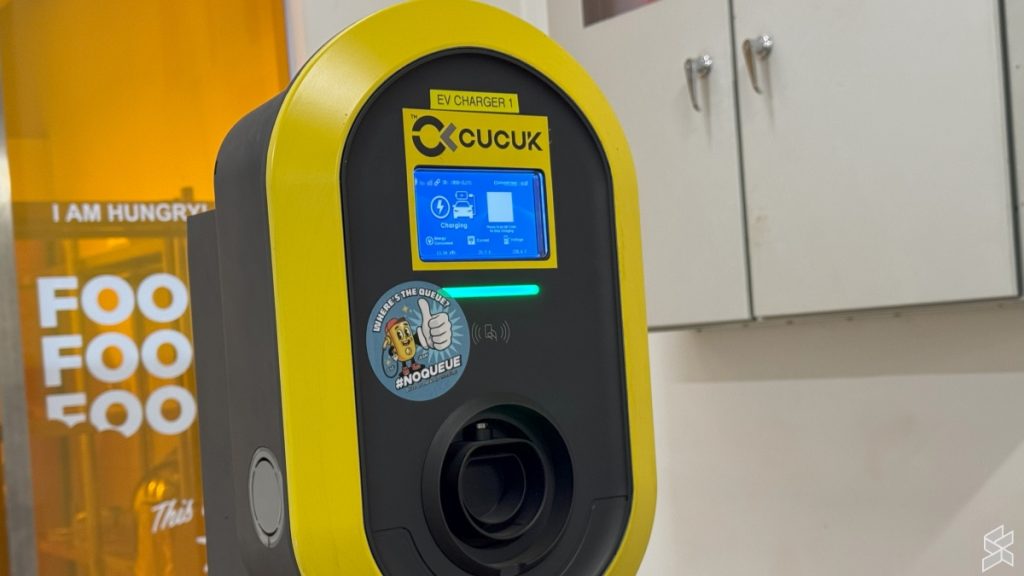
Even with chargers installed, “hogging” remains a pain point. Cucuk Charge suggests three approaches that are already common overseas:
- Idle fees – Charge users per minute once charging is complete.
- Smart access – Chargers unlock only for approved users via app.
- Community monitoring – Residents or guards can clamp or warn repeat offenders.
“Barriers sound like a good idea until they break or damage cars,” Amin added. “Idle fees are easier, fairer, and automatic.”
Planning Ahead: Scalability Matters
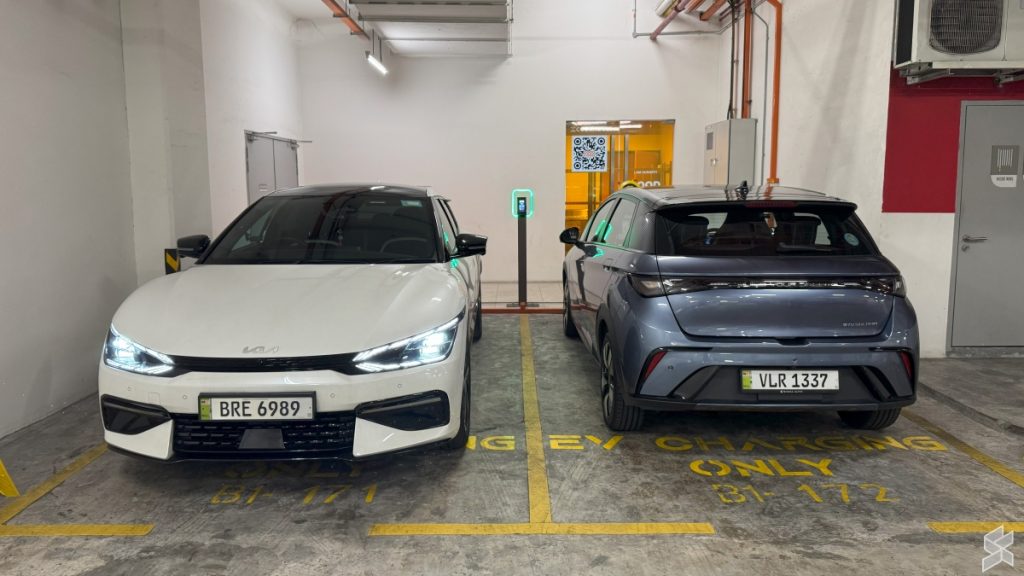
One of the biggest mistakes managements make is not thinking ahead. Instead of randomly installing chargers, buildings should:
- Dedicate an EVDB (Electric Vehicle Distribution Board) on each parking level.
- Pull separate power lines from the main supply to each floor.
- Use dynamic load balancing to distribute power evenly when multiple cars are charging.
This way, the system scales easily as more residents buy EVs. “If you’re pulling cables today, plan for tomorrow’s demand,” Hannah advised. “It’s cheaper and safer to do it once, properly.”
Throughout the livestream, the team tackled real viewer questions like:
“Can I install a charger in an old building?”
Yes, with power assessment and proper cabling.
“Do we need extra insurance?”
No, standard fire coverage applies.
“What if my JMB refuses?”
Gather data, build consensus, or invite Cucuk Charge to brief your committee directly.
“How many chargers do we need?”
Roughly 1 charger per 10 EVs is a practical starting ratio.
Home Charging vs Public Charging
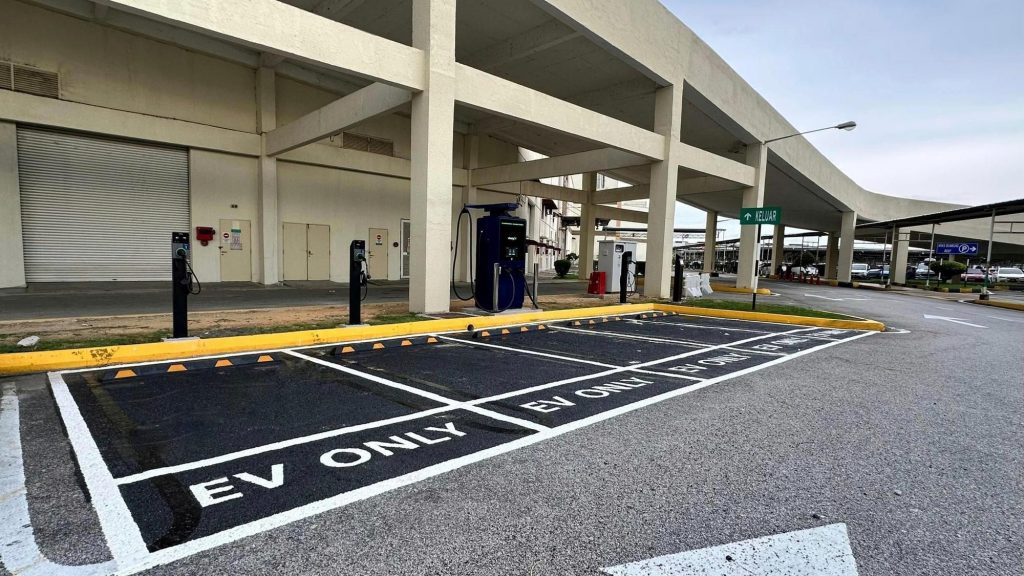
While Malaysia’s public charging network is growing, the livestream hosts agreed: home charging remains the ultimate convenience. “Think of your car like your phone,” Alex said. “You don’t wait until 1% to charge. You top up whenever you can.” Home charging saves time, costs less per kWh, and lets owners start every day with a full batteryno queueing, no waiting.
Beyond providing hardware, Cucuk Charge is positioning itself as an advocate for EV adoption in high-rise communities. The team regularly meets JMBs, conducts audits, and even helps draft building proposals for charger installations.
“Our goal isn’t just to sell chargers,” Amin said. “It’s to help Malaysians charge safely and conveniently at home. The right to charge should be part of modern condo living.”
If you’re a resident, JMB, or property manager looking to start the conversation, Cucuk Charge offers free consultations and site visits.
Contact Cucuk Charge (RKMD) via WhatsApp. We offer chargers from 3.3 kW to 22 kW, as well as 30 kW DC options, from trusted brands like Cucuk, Autel, and Sparklin. Our prices start from RM2,150 for the charger and installation cost.
Watch the full livestream:
